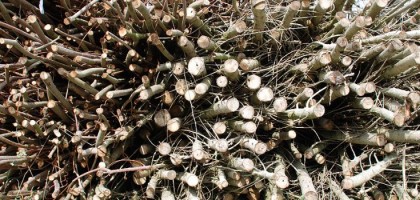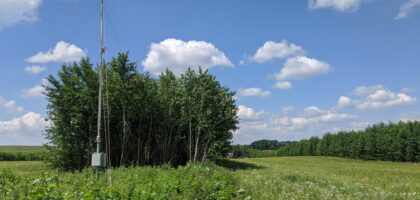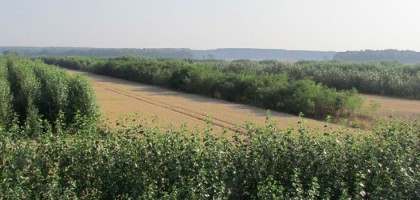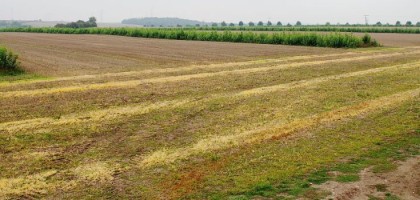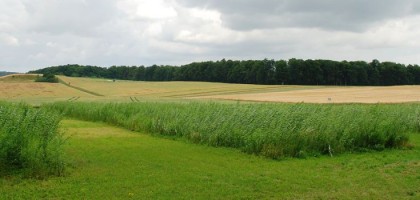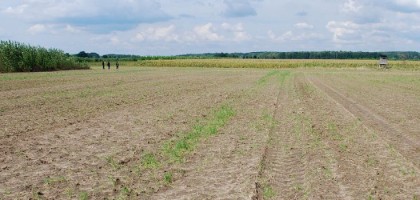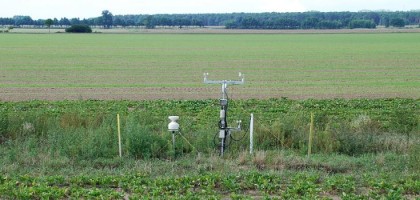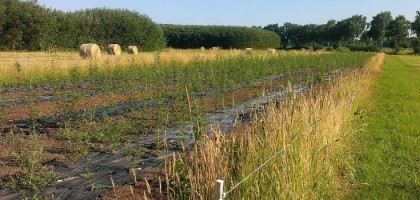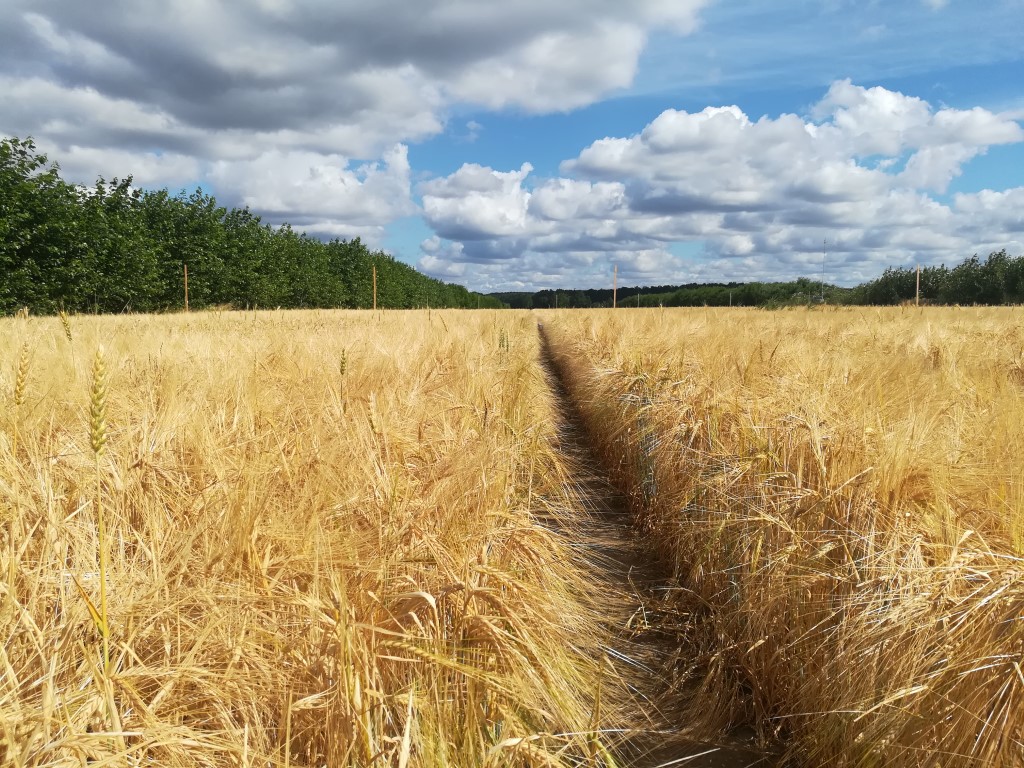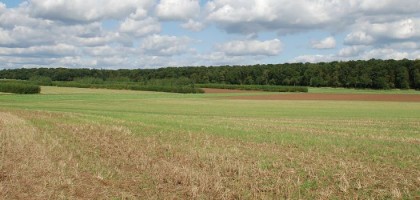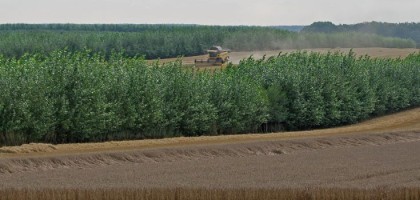TP 5: Modelling Agro-Forestry Systems
Summary
The aim of phase III is to apply the „agroecosystem simulation model package Expert-N“ to analyze the possible added value of agroforestry systems in Germany compared to monocultures, especially with regard to ecosystem services such as yield, water and air pollution control and carbon sequestration in the soil.
In a first step, we will use state-of-the-art techniques to adapt the model to the local conditions of the different research sites of SIGNAL and test it comprehensively, using the data collected from the other sub-projects in the previous phases of SIGNAL. The diagnostic tool „Multiresponse-Multiobjective“ will be used to test the model with regard to its prediction accuracy and possible structural limitations. This step can lead to improvements in the model structure and the need for new model tests.
After the model has been satisfactorily calibrated at the SIGNAL test sites, scenario simulations will provide answers to the question of how the potential benefits of the respective agroforestry systems depend on the intensity of management and the water availability under the given site conditions. For this purpose, response curves of the relevant outputs of the model in relation to the variation of the Ninput(fertilization), the water availability and other management measures (sowing times, fertilization times, spacing of the tree rows) are created. The focus here is on yield, nitrate leaching, nitrous oxide emissions and turnover of organic matter in the soil.
In a second step, the model is applied on a regional scale. After the model has been calibrated and extensively tested at the biophysical process level of individual farms, simulations are carried out for arable land throughout Germany to find out which soil and climatic conditions are best suited to establish agroforestry systems. Crop and tree yields, nitrate leaching, N2O emissions and soil organic matter accumulation or degradation over decades are calculated based on the best available soil information from the BonaRes data center and soil maps (e.g. BK50), DWD weather data products (TRY, REGNIE ) and phenological data (BonaRes data center, DWD) simulated. The simulations, which require massive computing power, are carried out on the HPC system „bwUniCluster 2.0“, on which Expert-N has already been used successfully.
In the third step, the new model will be used to project into the near future to what extent the proportion of areas on which agroforestry has advantages over monocultures will change over the next 50 years. Two of the current climate projections from the regional climate projection ensemble for Germany (RekliEs) are used (RCP2.6, RCP8.5). With the successful implementation of the simulation project and the execution of the long-term simulations on „bwUniCluster 2.0“ this sub-step is completed.
